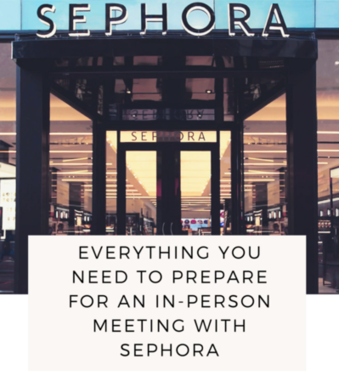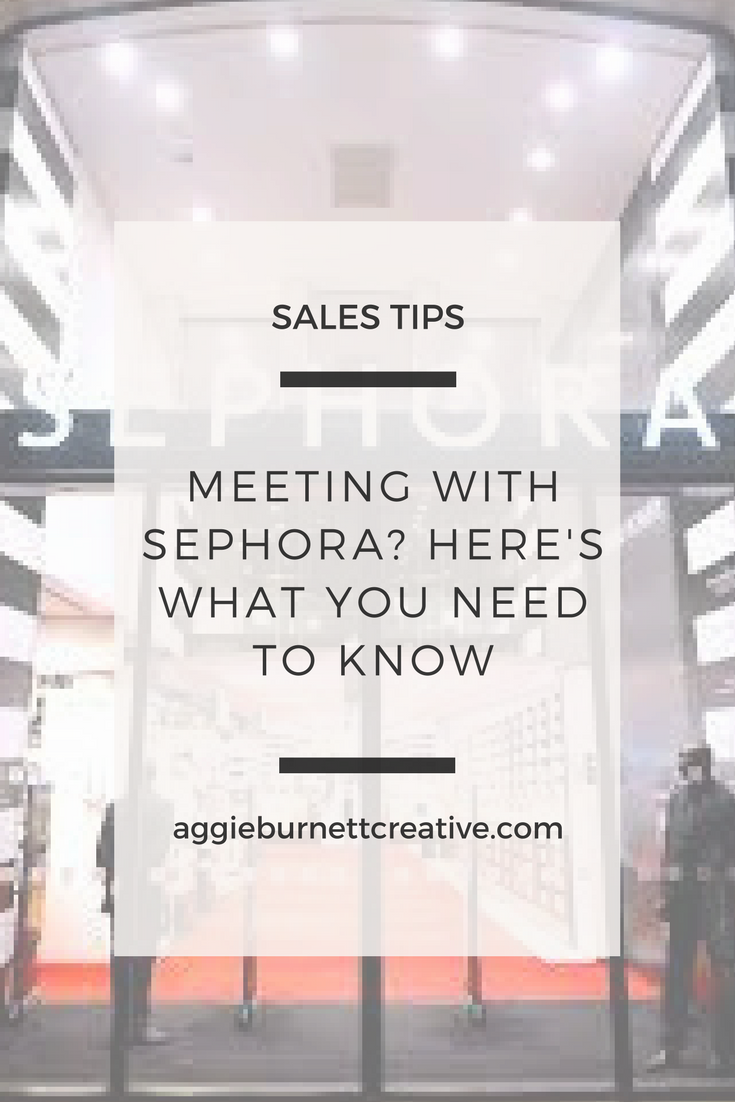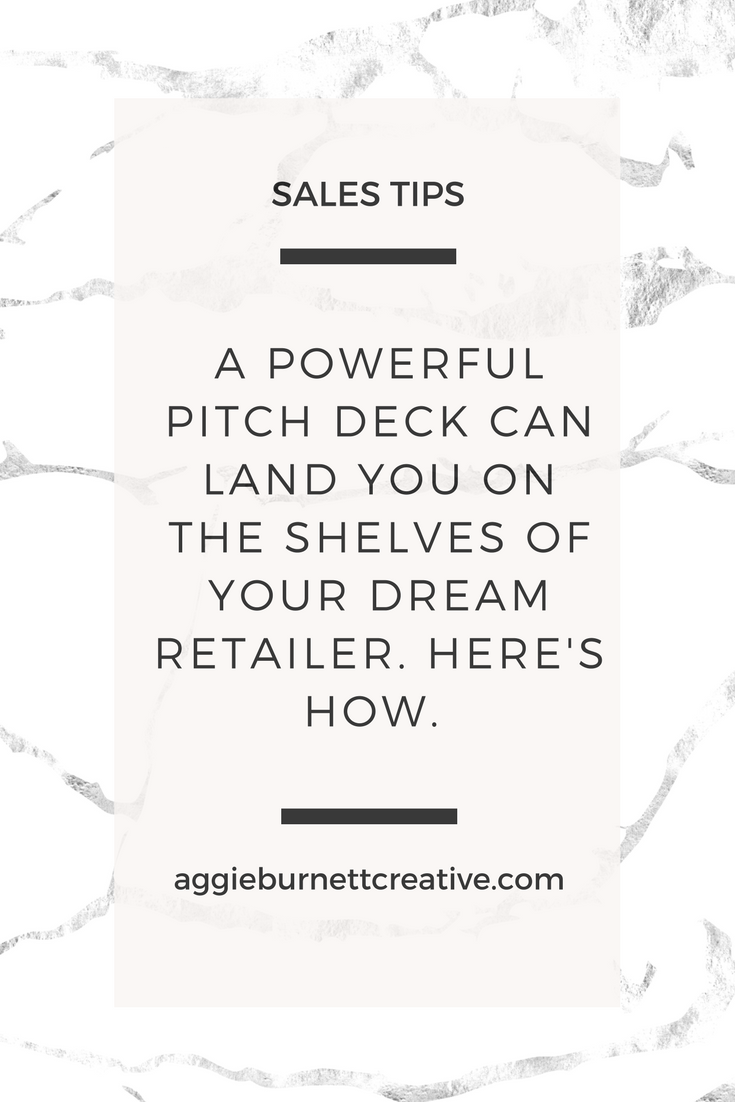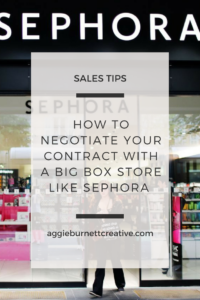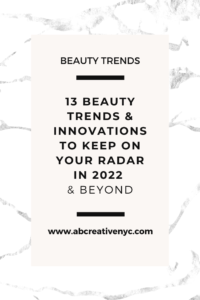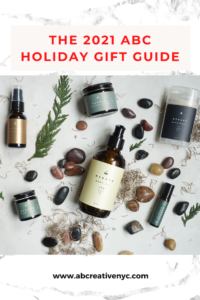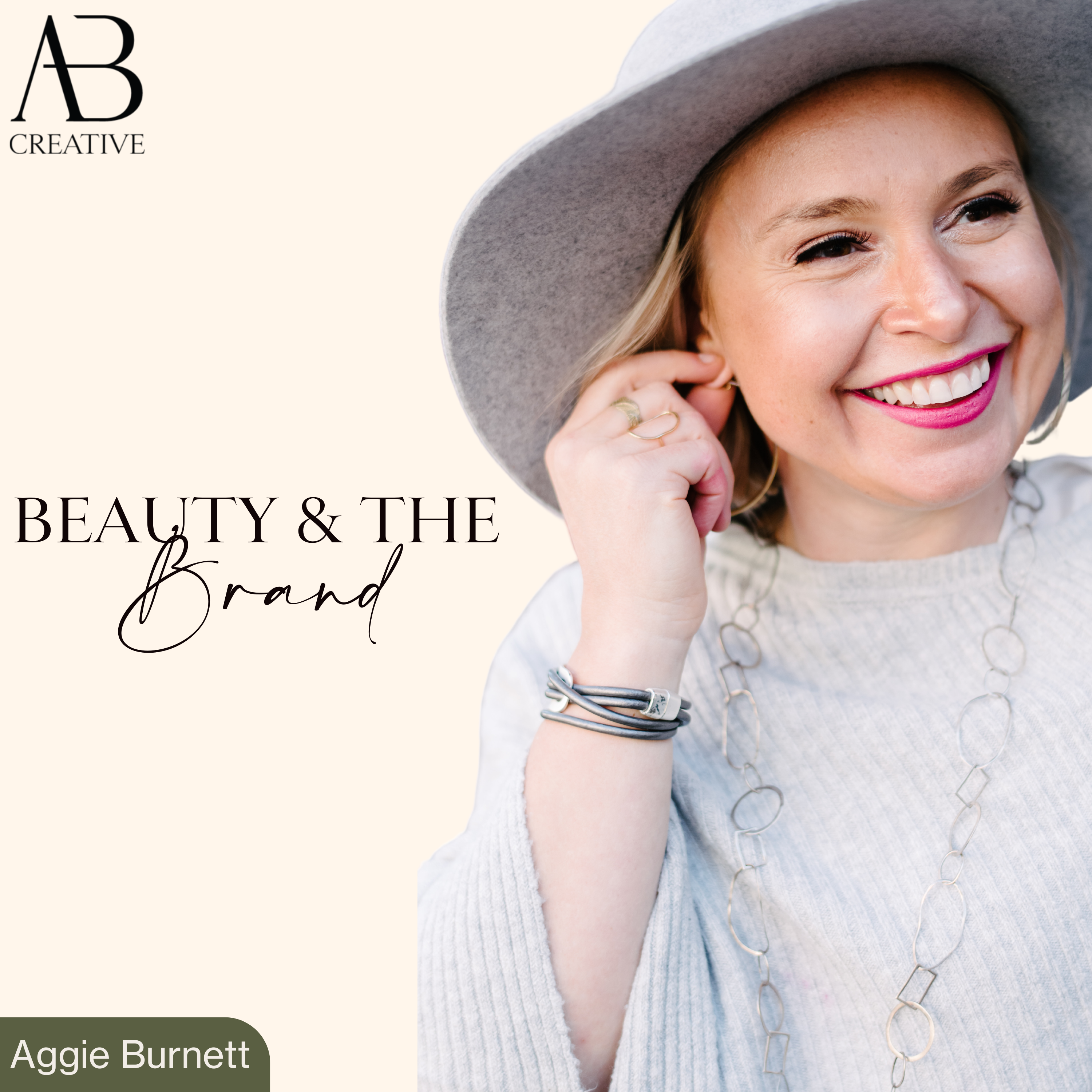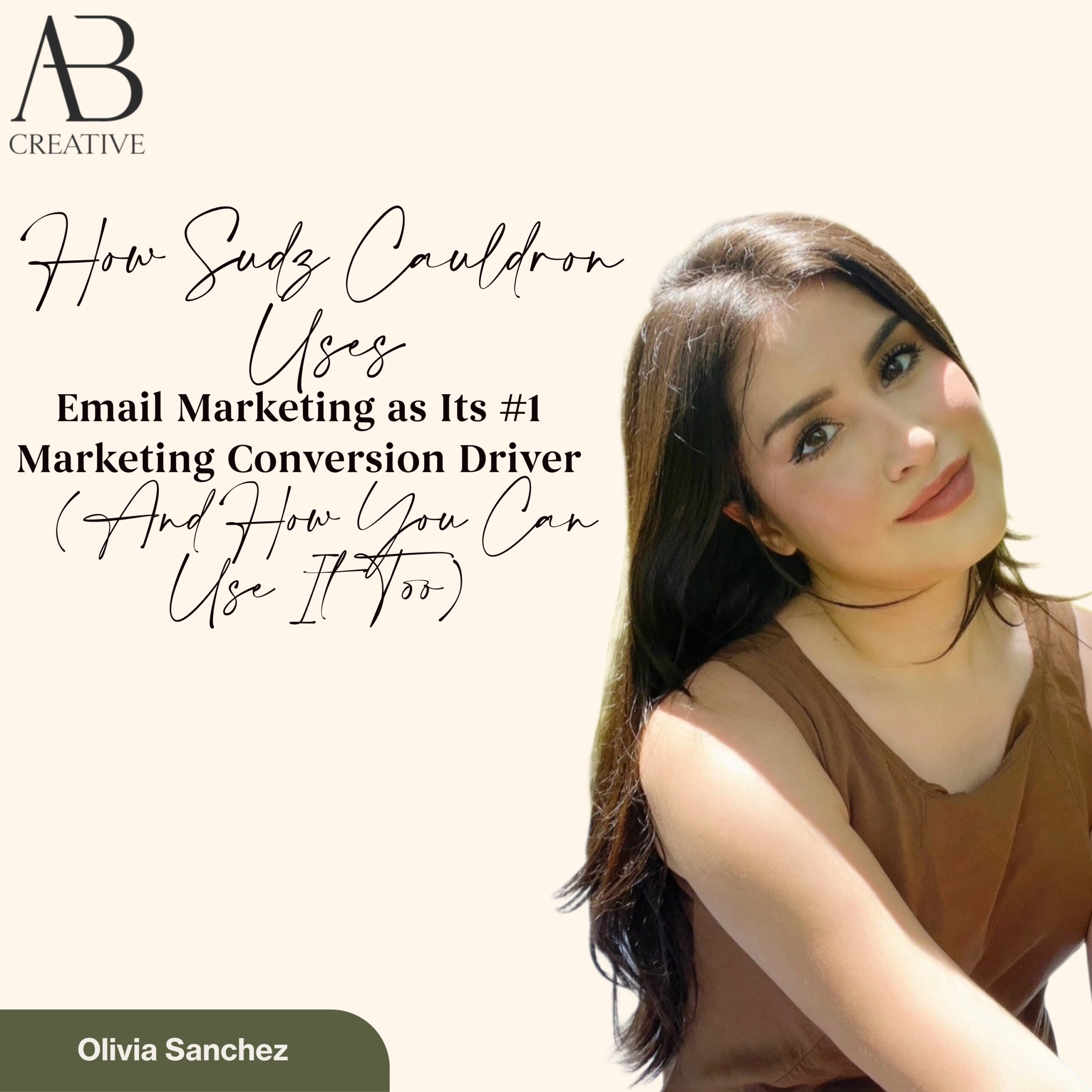By now you’ve successfully pitched your beauty brand to Sephora buyers and landed the coveted meeting in San Francisco (if not, read Part 1 on Exactly How to Pitch Sephora to Land an In-Person Meeting). Now it’s time to prepare and knock that meeting out of the ballpark! Do all the legwork ahead of time so all the variables are taken care of, leaving a clear path for them to easily give your brand the green light. Here are the steps you need to take to rock your meeting with Sephora.
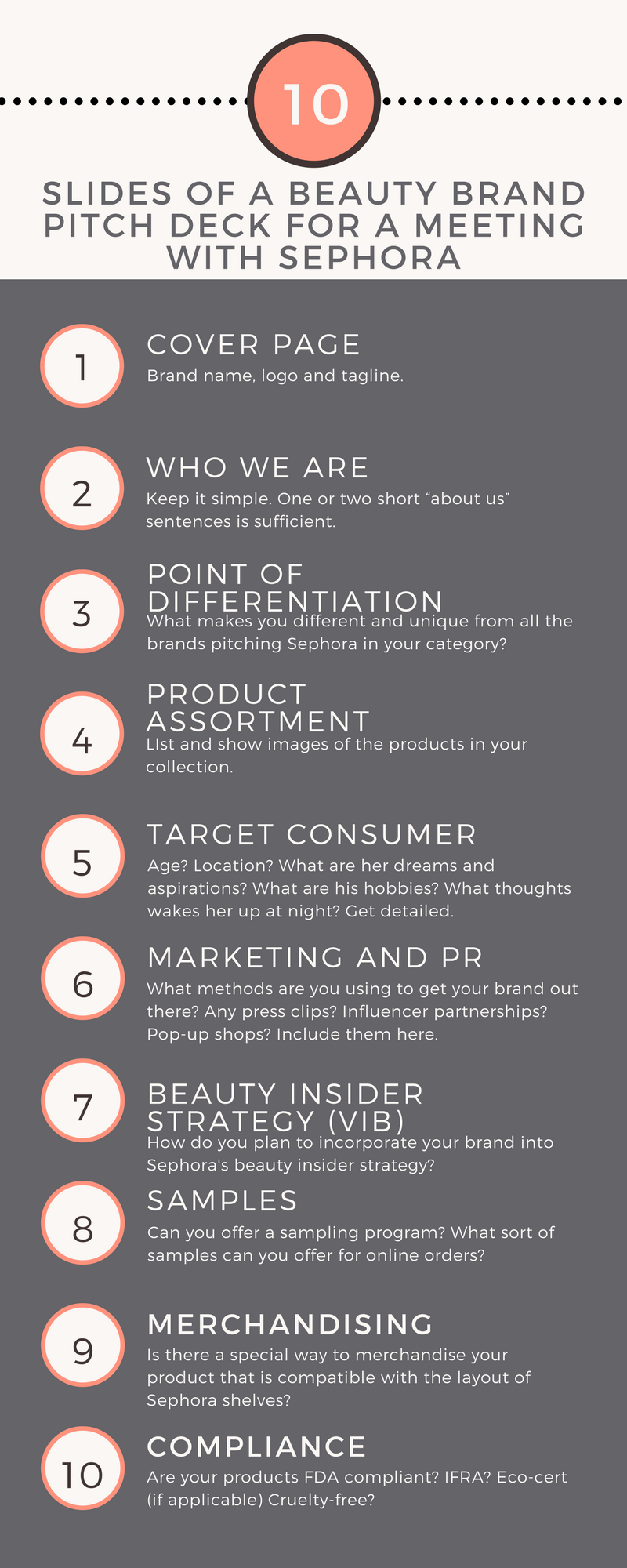
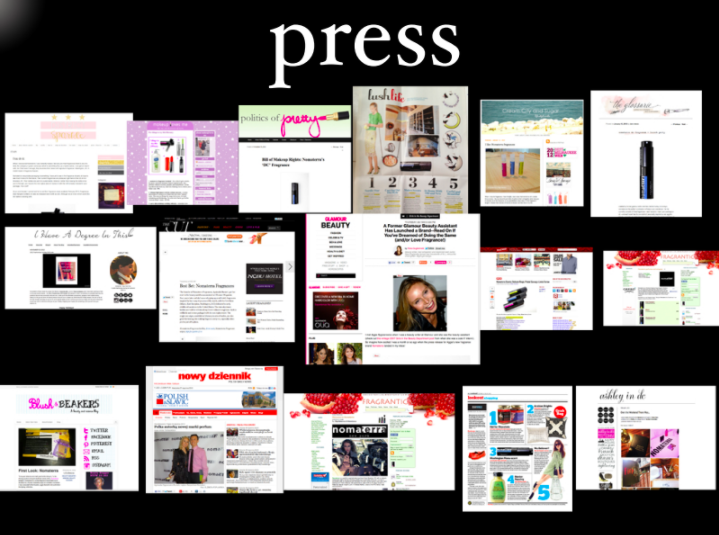

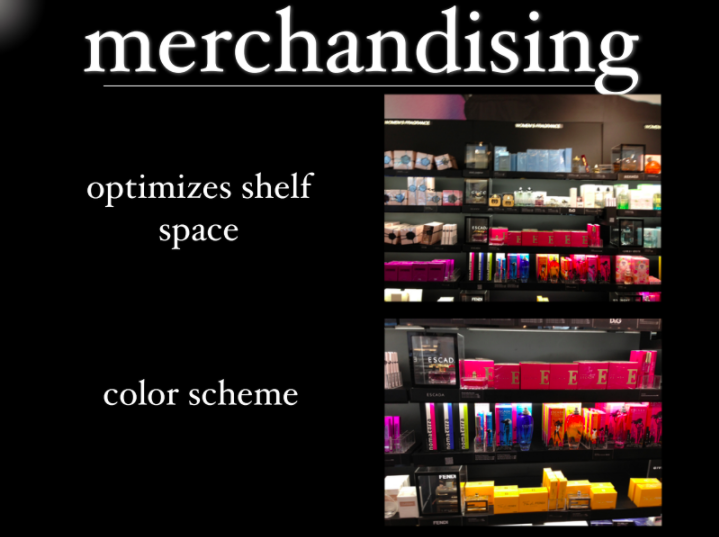 👉Take our 5 Days to Growing Your Iconic Beauty Brand Challenge for only $17! –https://abcreativenyc.com/signup
👉Take our 5 Days to Growing Your Iconic Beauty Brand Challenge for only $17! –https://abcreativenyc.com/signup
1. Prepare a kick-ass power point presentation
It doesn’t need to have fancy bells and whistles (though if you have a background in design it won’t hurt) but it does need to have the facts and figures they are looking for. Below is the exact info to include and the order in which your slides should go.
-
Cover Page
- Include your brand name, logo and tagline.
-
Who We Are
- Keep it simple. One or two short “about us” sentences is sufficient. Alternatively, include some inspirational photos that easily translate your brand visually and attach a few key words that describe the brand, ex. adventurers, on-the-go, travelers.
-
Point of Differentiation
- This is arguably the most important slide. Sephora buyers are obsessed with your POD. What makes you different and unique from other brands pitching them in your category? Because of its importance, make four slides including an overall brand POD, backstory, research and ingredients, and a component slide.
- Brand: list the top three ways that your brand is offering something different. Is it founded by a celebrity? Do you have a unique marketing strategy? Is there a charitable component? A newly discovered ingredient?
- Backstory: this usually includes something unique about you as the founder. For example, former Wall Street whiz started making soaps out of her one-bedroom apartment kitchen or tv producer who traveled on a life-changing trip to Namibia and discovered an anti-aging ingredient she used as the inspiration to launch her skincare line.
- Research and ingredients: any unique ingredients or clinical studies your product contains that’s new, different?
- Component: is the product component engineered in a special way, do you have a patent on it? Does it solve a problem?
- This is arguably the most important slide. Sephora buyers are obsessed with your POD. What makes you different and unique from other brands pitching them in your category? Because of its importance, make four slides including an overall brand POD, backstory, research and ingredients, and a component slide.
-
Product Assortment
- include images of the products in your collection.
-
Target Consumer
- What is their age? Gender? Location? What are her dreams and aspirations? Does he have any hobbies? What thoughts wakes her up in the middle of the night? Yes, it’s that specific. Have a clear understanding of exactly your model customer.
-
Marketing and PR
- What methods are you using to get your brand out there? Are you partnering with any influencers or celebrities? Have you received any press? Include these here. Have you participated in any pop-ups or do you have a brick-and-mortar location you can highlight?
-
Press
- Create a collage of all your press clippings. Sephora really values press placement, so make sure you have some placements already, even if they are smaller media outlets. If you’re looking for help with your media outreach, contact us here.

-
Beauty Insider Strategy (VIB)
- Be very familiar with Sephora’s VIB program before your meeting. How do you plan to treat the VIB customer with your brand? How do you plan to incorporate your brand into Sephora’s beauty insider strategy?
-
Sampling
- Can you offer a sampling program? What sort of samples can you offer for online orders?
-
Cast Member Education
- Sephora’s sales staff are called “cast members.” If your brand is accepted, what will the roll-out of your product look like in stores? Do you have the infrastructure to train cast members in each store? How does the education process work for your product?

-
Merchandising
- Is there a special way to merchandise your product that is compatible with the layout of Sephora shelves? Does the appearance of your packaging fit with a specific section in the store? We took it a step further and went to our local Sephora store, took a few fragrances off the Sephora shelf, put OUR fragrances on the shelf (It didn’t hurt that we nuzzled our brand between Victor and Rolf’s Flowerbomb and Escada, two of Sephora’s best sellers), snapped a few pics of our fragrances on the Sephora shelf, put the fragrances back, and plopped that image into the merchandising slide. The buyers did a double take, and even though it was a risk, they ended up liking our chutzpah to do something like that.

-
Compliance
- Are you FDA compliant? IFRA? Eco-cert (if applicable) Cruelty-free? List all that are applicable to your product.
2. Create a personal relationship
Now that you’ve got the presentation squared away, it’s time for the meeting! Take this opportunity to create a personal relationship if you can. Yes, your presentation should be top notch but don’t use it as a crutch. Sales is about relationships, so be friendly, witty, excited, and most importantly, show your personality! Share on X Remember, the beauty industry is FUN! And you are selling your product to a fun, exciting beauty brand. So don’t be stiff. Show your genuine passion for your product and most importantly, share with the buyers why Sephora HAS to carry it, and how will it benefit THEM.3. Don’t forget to send a thank you note
Phew, now that that’s over, you can breath. You landed the meeting, you think it went well, you hit all your talking points, now what? Send a thank you note! Email is fine, but we recommend sending a hand-written note. Be sure to send one to each and every one of the buyers from your meeting, not just the one you’ve been communicating with or a collective one.4. Follow-up!
You can probably tell at this point that I’m a huge fan of following up. If there were any unanswered questions you weren’t able to get to during the meeting, follow-up via email a few days after. Same goes for if you have any questions for them or things that need to be clarified, email them, it’s a good excuse to also stay on their radar. Want to get an easy-to-follow checklist with everything it takes to get into your dream retailer? Subscribe below!5. Prepare to wait but don’t take the back seat
Now’s the dreaded waiting game. Chances are they won’t instantly give you the green light. They may want to wait and see how your brand grows and evolves over the next few months, or they may want tweaks made to the packaging or whatever before pitching it to their business development team—that’s ok—either way be prepared to follows up. One thing to note is that Sephora does not pick up brands at any time in the year, they have specific “business development team (BDT)” pitch dates where they collect all the brands they like and pitch them to the higher-ups. Ask the buyers for these dates and follow-up shortly after the dates pass if you don’t hear from them beforehand. (Side note: BDT does not walk any trade shows and you won’t be in touch with them, your point of contact will always be the buyers.) Between the product selection date (“Assortment Selection”) and product going live on shelves, you’re looking at about a 6 month time period.6. Share your exciting news
While you wait, send follow-ups with new media mentions as well as new product launches or brand partnerships. We would send an update email every couple of months with all our new press features. Add the buyers you met with to your newsletter contact list (we had a sublist specific to buyers and customized a newsletter every quarter to this list), and share your company updates with them in this manner. You’d be surprised how often they open them! I remember at one point our conversations had stalled because of the frequent turnover of buyers (this will happen often and is the hardest part in dealing with Sephora), but we sent out a newsletter about a pop-up store we were opening, and it jump started conversations again with the new buying team.7. Prepare to make changes
Whether it be your primary or secondary packaging, your product descriptions, price points, marketing approach or what have you, be prepared to make changes. Remember, you’re playing the long game. Once you’re in stores, you want to have the most successful launch possible, so while you may be eager to get in right away, listen to the feedback the buyers give you. They ultimately know what will sell best and how in their stores. If you can afford it and the changes are in alignment with your brand ideology and business strategy, go ahead and make new prototypes based on their specifications. Send the prototypes in advance of the business development meeting dates. Do NOT however commit to producing a large quantity of products before your brand is approved and before you’ve received an actual PO (You shouldn’t do this with any big box retailer.) You’ll waste thousands of dollars and hope that you can find an alternative sales outlet to unload your inventory. When working with a large retailer, do not commit to producing custom product until you've received a purchase order. Share on X In our experience, we did end up making a number of iterations to the primary and secondary packaging before getting the go ahead. It can be stressful, especially managing production timelines and Sephora’s deadlines, so the best you can do in this case is give your manufacturers a heads up of any changes or orders that may be happening in the future. Even with the changes Sephora asks you for, you never know what the ultimate decision will be. That’s the risk you have to take if you want to play ball with them. This should give you a good sense of how to prepare for your meeting with Sephora buyers. Now go and kill it! Please share your own experience below with pitching Sephora, and don’t hesitate to ask any questions! In Part 3, I discuss what to do once your brand has been approved and what terms to negotiate to have a positive experience with Sephora. Want help in uncovering your company’s cult-status brand strategy? Want to be the kind of brand that has customers hopping on waitlists and spreading the word of your brand for you without you even asking? Learn more about how you can do this here.Related Posts
